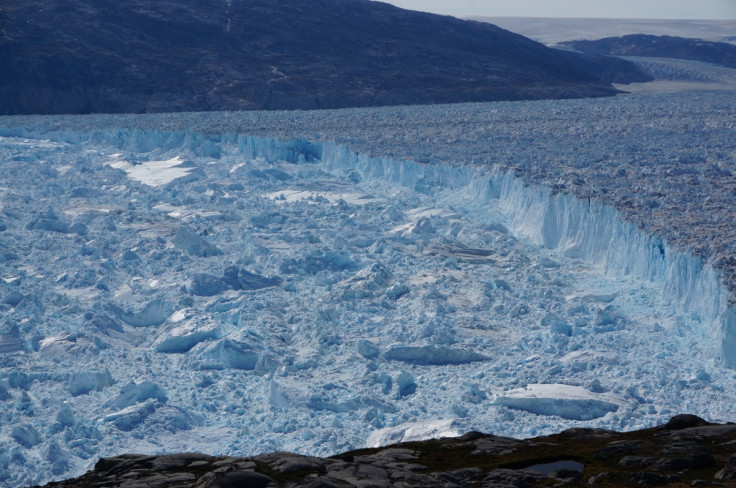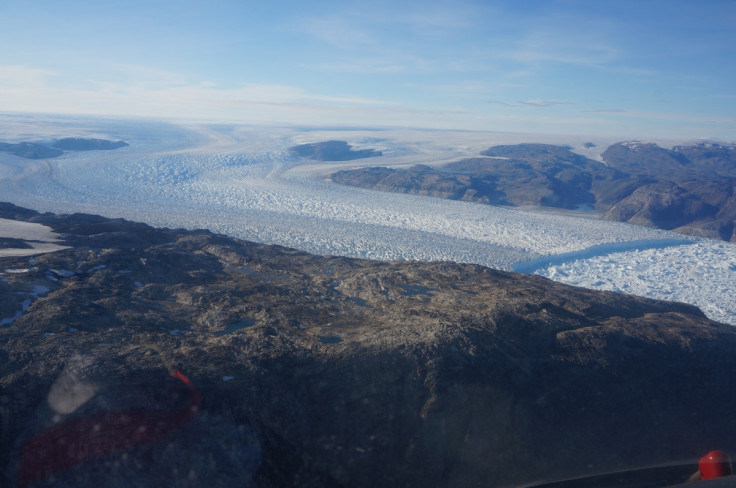Climate change: Melting Antarctic ice sheet could cause 15m sea level rise by year 2500

Melting of the Antarctic Ice Sheet could cause sea level to rise by twice as much as previous thought. Scientists say updated models show melting could contribute more than one metre in sea level rise by 2100.
The research published in Nature is the first to successfully use sea level records from the Pliocene (around three million years ago) to project future sea level rise. They say that melt from the Antarctic Ice Sheet could contribute more than a one metre rise in sea level by 2100, and a 15m rise by 2500.
During the last Interglacial period (130,000 years ago), sea levels were six to nine metres higher than they are today. During the Pliocene, they were even higher. In these time periods, the average global temperature was only slightly warmer than it is today.
"Recently we looked at the long-standing problem posed by geological evidence that suggests sea level rose dramatically in the past, possibly up to 10 to 20 meters in the Pliocene," said David Pollard, co-author of the study. "Existing models couldn't simulate enough ice sheet melting to explain that."
Researchers used historical data from the Pliocene to model future climate scenarios. They used this to find the ice shelves are more sensitive to climate than previously believed, which caused large melting in the past.

They also added two new mechanisms into their model, which haven't been used in projections before. The first was enhanced fracturing of low-level ice which allows more ocean water to infiltrate, leading to more melting. The second mechanism suggests ice fragments break off and cause giant walls of ice, which cannot support their own weight and crash into the ocean.
After adding in these mechanisms, the researchers found sea level could rise by one metre by 2100. In addition, this could rise to 15 metres by 2500 if greenhouse gas emissions continue at its current rate.
In the scenario they modelled, the researchers say the main driver of ice loss will become the warming atmosphere, as opposed to the warm ocean. However, the rapidly warming ocean will then delay ice sheet recovery for thousands of years.
"This could spell disaster for many low-lying cities," said Robert DeConto, who worked on the study. The researchers emphasise that the model is a worst-case scenario, however, adding it can still be delayed by reducing greenhouse gas emissions.
"Although the future sea-level contribution in our model is greater than previously thought, it is based on credible mechanisms and is consistent with geologic evidence of past sea-level rise," said Pollard. "We regard the results as worst-case envelopes of possible future behaviour, and the mechanisms should be considered seriously in future work."
© Copyright IBTimes 2025. All rights reserved.






















